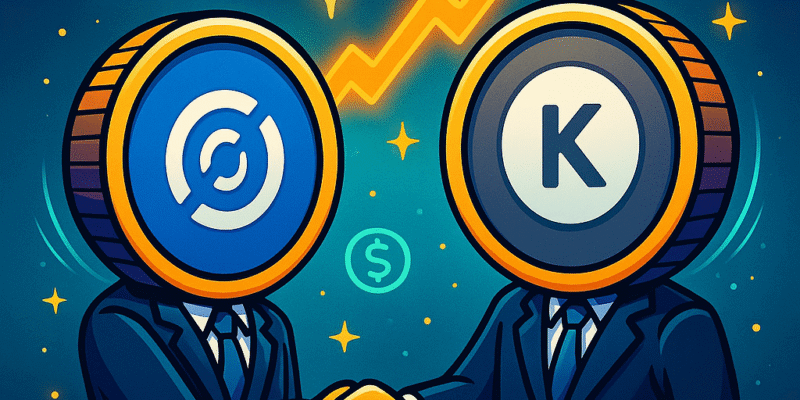The world of digital assets has taken another decisive turn with the announcement of a Circle and Kraken partnership, a move that has the potential to reshape how stablecoins are integrated into global finance. Both companies are influential in their own right: Circle is the issuer of USDC, one of the largest dollar-backed stablecoins, while Kraken is a leading crypto exchange with millions of users worldwide. Together, their collaboration speaks volumes about where the market is headed.
For years, stablecoins have promised to bridge traditional money and blockchain systems. The challenge has always been finding ways to scale adoption without losing sight of trust, compliance, and utility. By bringing Circle’s expertise in stablecoin issuance and transparency into alignment with Kraken’s exchange reach and liquidity, this partnership could set new benchmarks for how stablecoins function within both retail and institutional contexts.
The timing is no coincidence. Regulators in the U.S. and Europe are accelerating conversations on digital currencies, while businesses across sectors are exploring stablecoins for payments and cross-border transfers. The Circle and Kraken partnership is being framed not just as a technical integration, but as a signal to policymakers and businesses that collaboration between issuers and exchanges can produce more reliable and transparent ecosystems.
Kraken’s role will be crucial. As one of the most trusted global exchanges, it provides the infrastructure for millions to buy, sell, and transfer stablecoins with ease. By making USDC even more accessible and liquid, Kraken is positioning itself as a primary gateway for users seeking digital dollars that can be moved instantly and at low cost. For Circle, the partnership expands USDC’s footprint in a way that ties the stablecoin’s credibility to Kraken’s established reputation.
Observers point out that this collaboration could also challenge rivals. Tether remains the most widely used stablecoin, but transparency concerns continue to shadow its dominance. By contrast, USDC has leaned heavily on compliance and regular audits. Coupled with Kraken’s emphasis on security and regulation, the alliance creates a compelling alternative that could attract users looking for reliability in volatile markets.
Looking ahead, the Circle and Kraken partnership may extend beyond simple integration. Both firms are exploring ways to embed stablecoins into payments, decentralized finance, and even real-world commerce. Their collaboration could encourage other exchanges and issuers to pursue similar strategies, sparking a new wave of innovation across the industry.
Stablecoins have often been described as the glue holding crypto and traditional finance together. With Circle and Kraken now moving in lockstep, that glue may be getting stronger and setting the stage for stablecoins to play a central role in the next era of digital money.

Comments